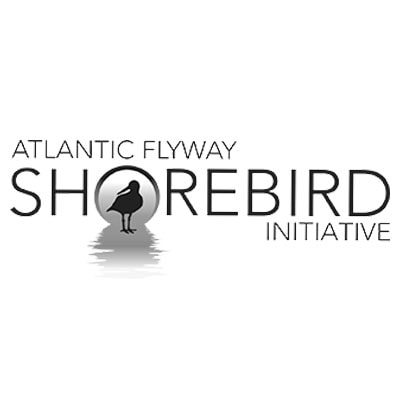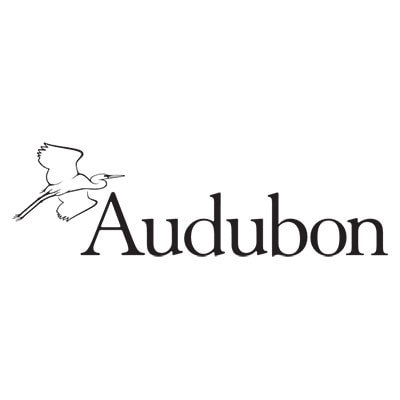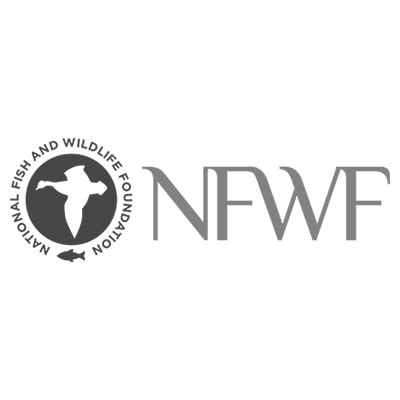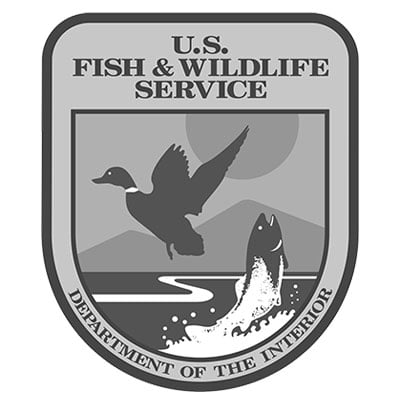Home | Background | Methods | Study Sites | Implementation | Resources | Training
Study Sites: CBSM in Action
Page Navigation
Background
In 2022, nine sites across the U.S. portion of the Atlantic Flyway piloted community-based social marketing (CBSM) campaigns to mitigate disturbance from two common human disturbance types: dog walking and beach walking.
Each campaign employed a full suite of behavior change strategies that were uniquely designed to the threats, disturbance type, audience, landscape, and proposed behavior at each location and based upon our Guide to Applying Science and Management Insights and Human Behavior Change Strategies to Address Beach Walking and Dog Disturbance Along the Atlantic Flyway developed following the results of phase I and II of this project.
Disturbance by Beach Walking
Parker River NWR, MA
Milford Point, CT
Long Beach, CT
Jones Beach, NY
Folly Beach, SC
Tybee Island, GA
Disturbance by Dogs
Lido Beach, NY
Harbor Island, SC
St. Simons Island, GA


Behavior Change Strategies
There are seven behavior change strategies outlined in the CBSM framework that are designed to increase the benefits of the desired behavior while minimizing the constraints. Below, discover the ways shorebird experts are using behavior change strategies to address human disturbance on the East Coast.
Pilot Sites
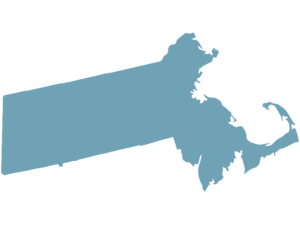
Parker River NWR | MA
Organization: U.S. Fish and Wildlife Service
Site Size: 180 acres
Disturbance Type: Beach walking
Goal: Encourage people to respect the closed areas on the beach and to “Walk around the flock” in areas that are open to the public.
CBSM Strategies: Implementers used communication through education and social media to spread campaign messaging. In addition, a “good egg” pledge was placed on bookmarks for visitors to commit to and learn about simple actions they can do to reduce disturbance.

Milford Point | CT
Organization: Audubon Connecticut
Site Size: 19.61 acres
Disturbance Type: Beach walking
Goal: Reduce disturbance to beach-nesting and migratory shorebirds from general beach walking by asking visitors to “share the shore” and to time their visit with the tide.
CBSM Strategies: To remind visitors to walk around flocks of birds, implementers stationed prompt signs near shorebird decoys to allow visitors to recognize situations that warrant behavior change. In addition, various forms of communication were used to educate the public about the nesting and resting birds that visitors share the shore with.

Long Beach | CT
Organization: Audubon Connecticut
Site Size: 78.83 acres
Disturbance Type: Beach walking
Goal: Reduce disturbance to beach-nesting and migratory shorebirds from general beach walking by asking visitors to “share the shore” and to time their visit with the tide.
CBSM Strategies: To remind visitors to walk around flocks of birds, implementers stationed prompt signs near shorebird decoys to allow visitors to recognize situations that warrant behavior change. In addition, various forms of communication were used to educate the public about the nesting and resting birds that visitors share the shore with.

Jones Beach | NY
Organization: Audubon New York
Site Size: 303 acres
Disturbance Type: Beach walking
Goal: Encourage people to give birds space by walking around flocks of birds and keeping a safe distance from fenced nesting areas.
CBSM Strategies: Implementers hosted a series of communication events titled “Chat with a Shorebird Tech” and “ Plover Patrol Day”. During all these events, people were encouraged to sign the “Be a Good Egg” pledge which enabled them to commit to practicing behaviors that protect shorebirds.

Lido Beach | NY
Organization: Audubon New York
Site Size: 73 acres
Disturbance Type: Dog walking
Goal: Reduce dog-related disturbances to nesting shorebirds by promoting the message “dog-free beaches keep tiny chicks safe.”
CBSM Strategies: Implementers used communication and commitment to encourage visitors to take their pets to other dog-friendly beaches. To make this convenient for visitors, staff placed QR codes on prompt signage that gave visitors directions to nearby dog-friendly beaches. Additionally, multiple community outreach events were hosted to spread campaign messages and emphasize the importance of sharing the shore.

Harbor Island | SC
Organization: Audubon South Carolina
Site Size: 240 acres
Disturbance Type: Dog walking
Goal: Reduce dog-related disturbances to nesting shorebirds by asking visitors to leash their dogs on the beach and near nesting areas.
CBSM Strategies: Implementers used communication strategies by developing a quick and interactive educational program that allowed both visitors and residents to learn about shorebirds and the disturbance threats they face. In addition, members of the community served as volunteer stewards to spread campaign messages through the process of social diffusion.

Folly Beach | SC
Organization: Audubon South Carolina
Site Size: 25.9 acres
Disturbance Type: Beach walking
Goal: Encourage visitors to “walk the waterline” to accommodate the narrow space between the high tide line where people walk and the shorebird nesting areas.
CBSM Strategies: Implementers used a variety of communication strategies, such as an interactive photo station, to spread campaign messages in engaging ways. Additionally, prompt signs were used to remind visitors to walk near the waterline and away from nesting areas.
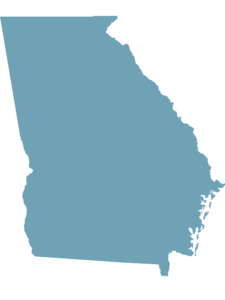
Tybee Island | GA
Organization: Manomet
Site Size: 10 acres
Disturbance Type: Beach walking
Goal: Encourage beach walkers to give birds space by “staying on the wet sand” in order to protect valuable nesting and roosting habitat.
CBSM Strategies: Staff hosted multiple communication events to engage children and the public in shorebird conservation efforts through sign making, games, guided tours, and more. Additionally, staff developed a stewardship program and trained over 40 volunteers on how to share the CBSM strategies and educate the public about the wildlife value at Tybee Island.

St. Simons Island | GA
Organization: Manomet
Site Size: 45 acres
Disturbance Type: Dog walking
Goal: Encourage beach goers to give birds space and voluntarily leash their dogs to enhance nesting habitat and support roosting and feeding habitat throughout the year.
CBSM Strategies: Implementers designated wildlife beach areas which were monitored and maintained by stewards who used communication strategies to interact with the public and spread campaign messages. In addition, staff hosted a “Wildlife Beaches and Leashes” event, equipped with incentives for both dogs and dog walkers, as a way to engage with the public and communicate about the benefits leashing dogs has for shorebirds and local wildlife.
